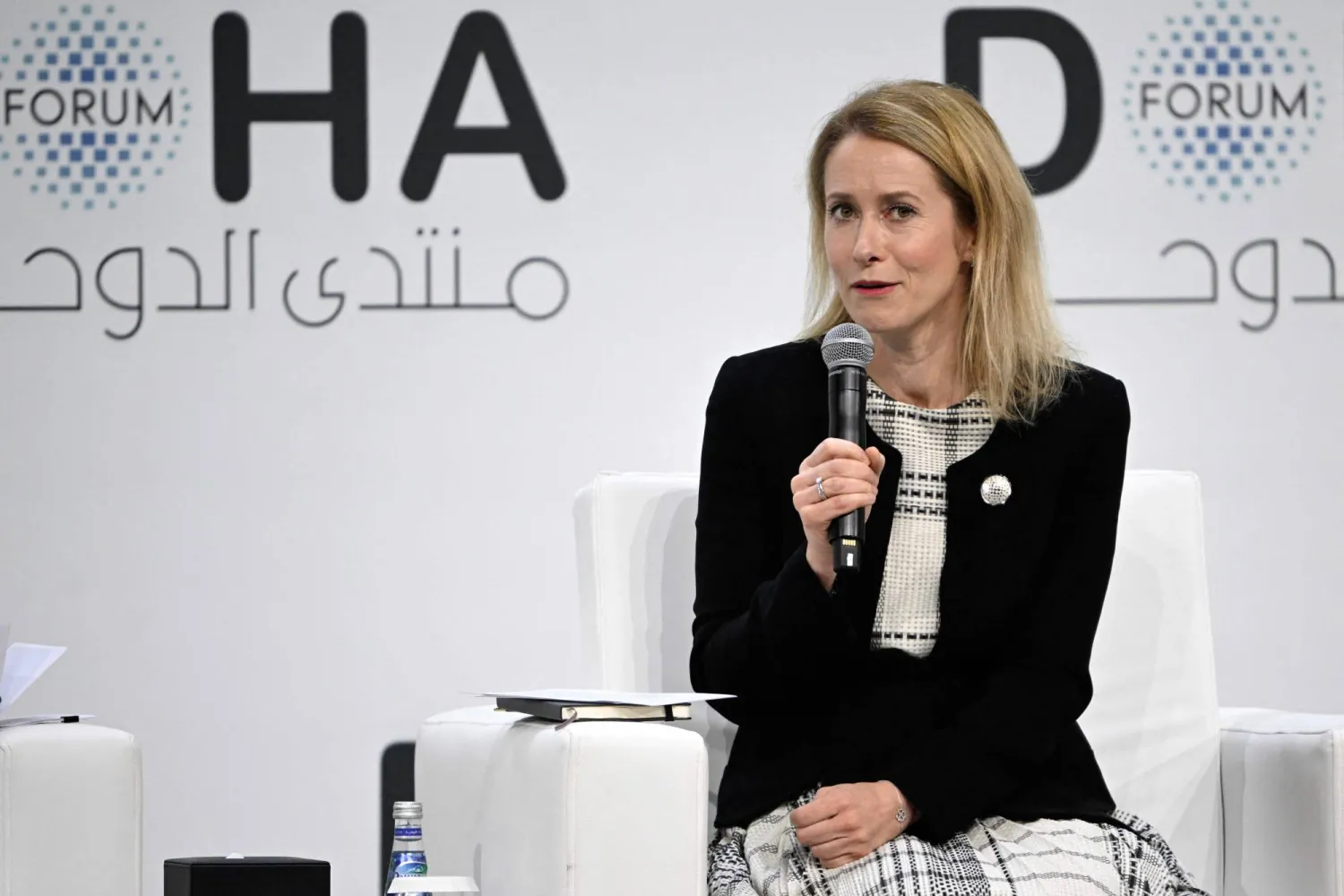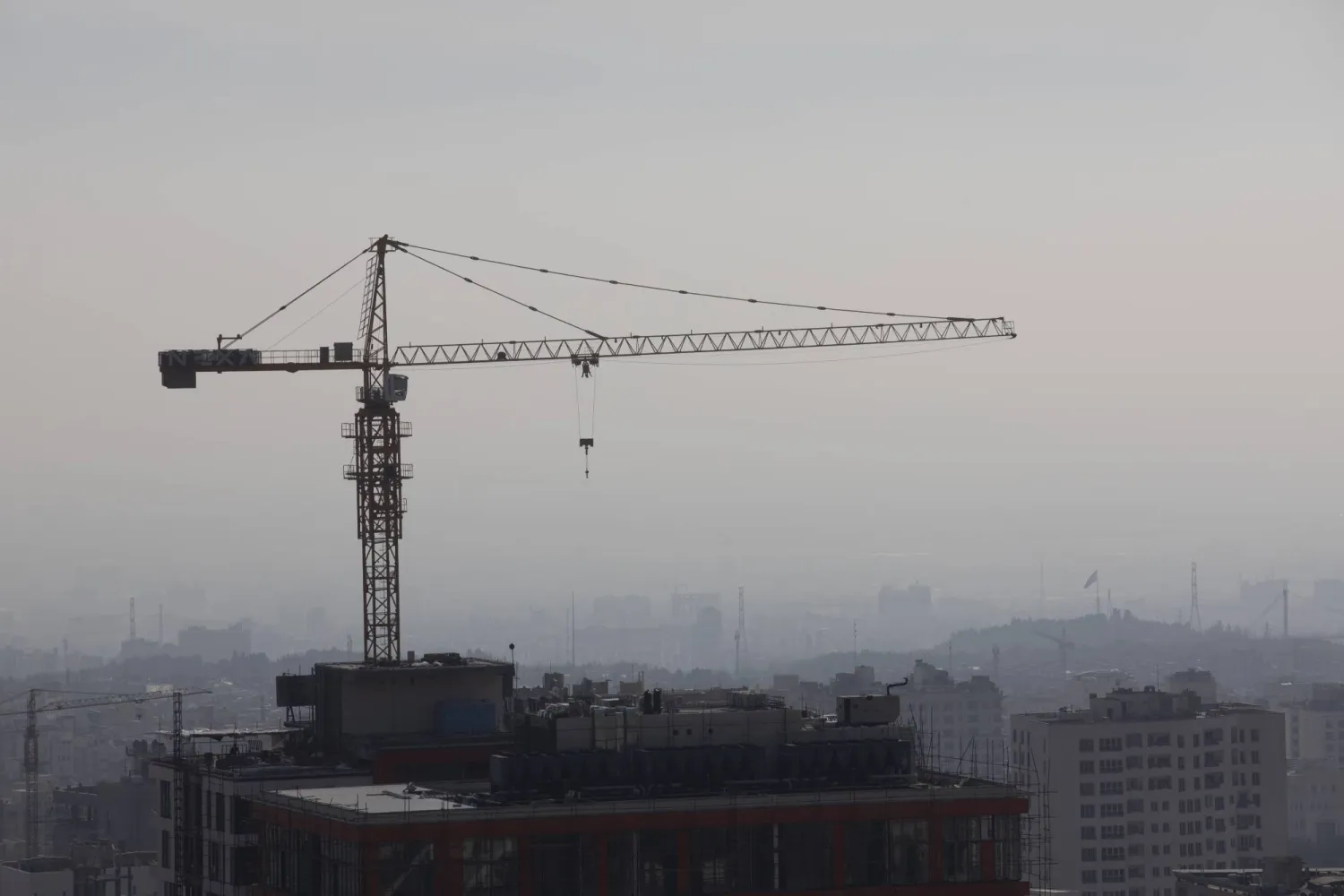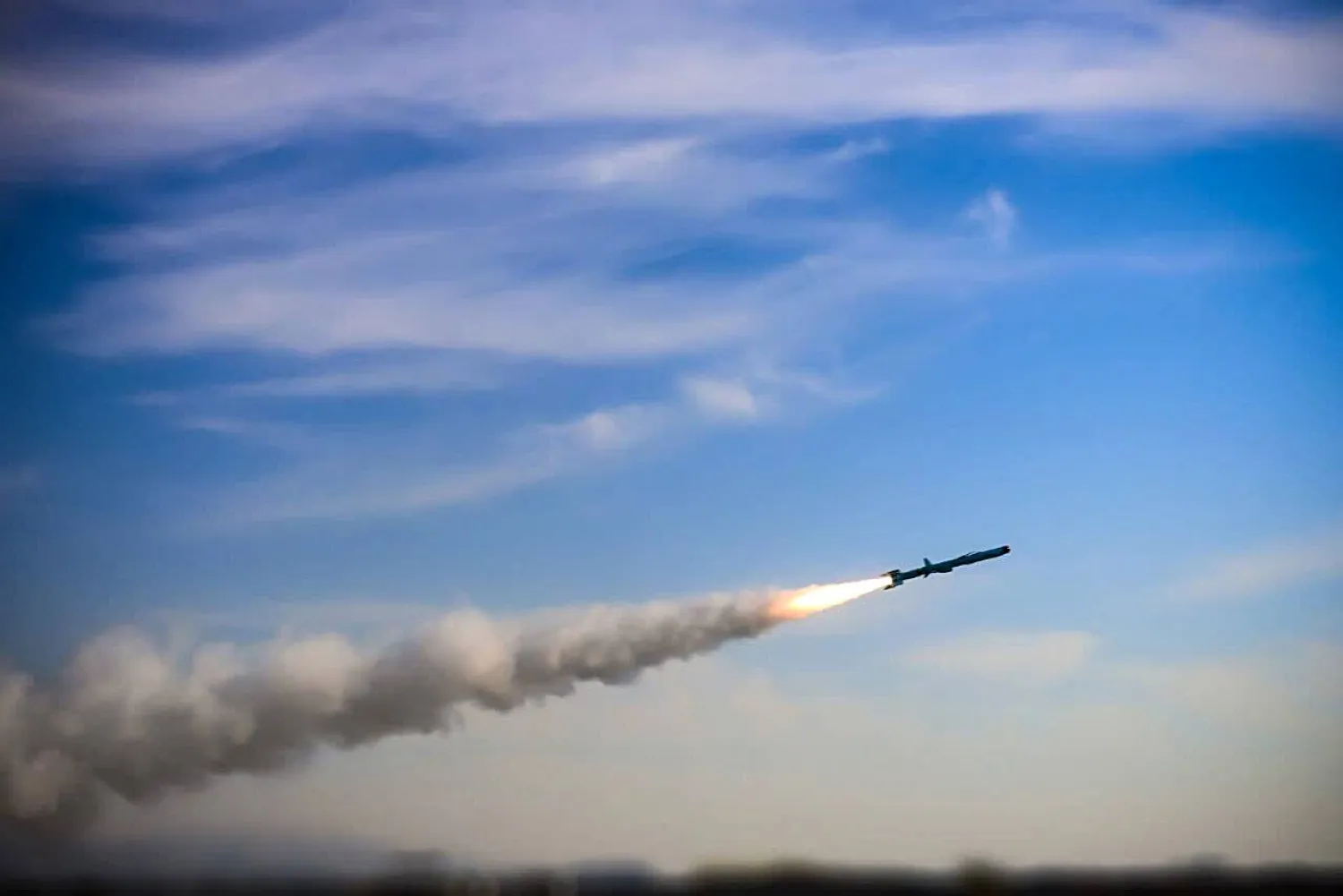Media outlets aligned with Iran’s Revolutionary Guards have accused former president Hassan Rouhani and his associates of “doing Israel a service,” escalating a political backlash triggered by Rouhani’s recent criticism of Iran’s ability to defend its airspace if last June’s 12-day war with Israel were to resume.
Tasnim, the Guards’ main media arm, protested sharply against Rouhani’s latest speech and the recommendations he offered to prevent a repeat of the conflict.
The media attack coincided with rising political tensions inside Iran as Rouhani’s name resurfaced in the debate over who might succeed Supreme Leader Ali Khamenei, a succession file that has deepened domestic polarization.
Tasnim opened its weekly analytical supplement with the headline “Working for Israel,” placing Rouhani’s photograph on the cover. It accused him of offering “narcissistic, arrogance-filled interpretations” about his claims that he prevented a war on Iran through diplomacy during his past government roles.
The agency questioned whether Rouhani was suggesting that Iran had no deterrent other than his negotiations, and whether the United States and Israel were at full strength at the time while Iran lacked defensive capability.
It further asked why Rouhani’s diplomacy failed to prevent the US withdrawal from the nuclear agreement under Donald Trump or avert the assassinations of General Qassem Soleimani and Mohsen Fakhrizadeh, the senior nuclear official killed in late 2020 in an attack attributed to Israel.
Rouhani last week criticized the country’s tightened security climate, saying Iran needed “an atmosphere of safety, not an atmosphere of securitization.”
He warned that Iran could not remain in a state of “no war and no peace,” citing Khamenei’s own remarks, and urged efforts to rebuild deterrence across multiple fields to confront what he called “the conspiracies of enemies.”
He argued that Iran today lacks “broad regional deterrence,” noting that the airspace of neighboring countries, including Iraq, Syria, Lebanon and Jordan, had fallen under US and Israeli influence, making hostile aerial movement near Iran “safe and free of obstacles.”
Rouhani insisted continuation of the nuclear deal would have prevented the 12-day conflict, calling the nuclear file a pretext for the attacks and blaming subsequent governments for failing to revive the accord.
Tasnim said Rouhani’s positions “practically serve Israel” because they place responsibility on internal actors while removing Israel from the circle of blame. It portrayed his comments as a political act against “sacred unity,” adding that presenting such views “even within a realistic and careful framework” ultimately benefits Israel.
Tasnim also revived long-standing criticism that Rouhani’s government did not sufficiently support Iran’s intervention in Syria in 2013 and 2014, arguing that such reluctance approached “the level of treason.” It claimed one of General Soleimani’s biggest grievances was the administration’s lack of cooperation on the Syrian front.
Responding to Rouhani’s remarks on “securitization,” Tasnim said his own administration had been among the most security-dominated of the Islamic Republic era. The agency pointed to Rouhani’s intelligence background and argued that his current counsel contradicted his record in office.
Rouhani’s comments were also interpreted as an indirect response to Khamenei’s November 27 televised speech, in which the Supreme Leader warned against internal division, repeated his narrative that the US and Israel had “failed” to achieve their war aims and urged Iranians to maintain “national alignment.”
The renewed criticism comes as Rouhani has faced months of attacks from rivals, including parliamentarians, who accuse him of positioning himself to assume the role of Supreme Leader should Khamenei become unable to carry out his duties, including in the event of an Israeli assassination attempt.
Last month, parliament speaker Mohammad Bagher Ghalibaf accused Rouhani and former foreign minister Mohammad Javad Zarif of damaging Iran’s strategic ties with Russia.
Hardline lawmakers revived the chant “Death to Fereydoun,” using Rouhani’s birth family name. One conservative MP said the judiciary should address Rouhani’s “misconduct” so that anyone aspiring to senior posts would “return to his rightful place behind bars.”
After Rouhani’s latest remarks circulated, discussion of his possible leadership prospects reemerged, this time in reformist media.
Reformist theorist Sadegh Zibakalam said Rouhani believes he lacks nothing compared to other succession candidates, including Mojtaba Khamenei, arguing that Rouhani’s executive experience makes him “more qualified than others.”
At the same time, businessman Babak Zanjani, who was sentenced to death for corruption during Rouhani’s presidency but released last year, made a harsh post on X rejecting any future political role for Rouhani.
Iran, he wrote, needed a “young, educated and effective” force, “not holders of fake degrees,” warning that “we will cleanse Iran of incompetence.”









